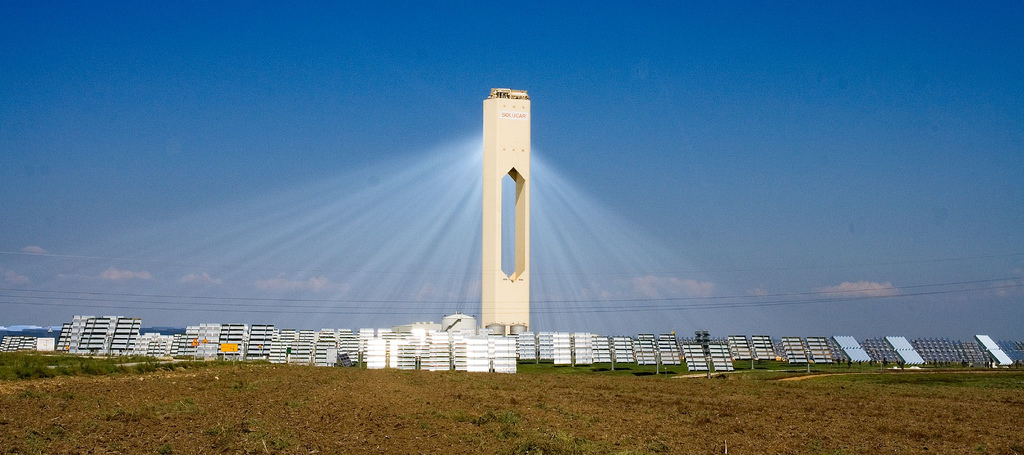The power of storage

It is well known that we all need to swap to cleaner energy generation – coal and oil are running out, and even if it wasn’t, it’s continued use is destroying the planet. One of the most difficult aspects of the conversion to green energy is that of storage. Electricity is instantaneous and needs to be used the moment it is made, which presents a huge issue. It isn’t always windy; the tides are by their nature are only at certain times of the day, and as a Glaswegian reliable solar power almost sounds like sci-fi. Furthermore, electricity demand changes constantly throughout the day/year – the predictable half-time kettle-spike being an infamous example[1].
Electricity that is produced at low-demand times must be converted into other forms of energy. Most traditional electricity, from coal to nuclear, is produced in the same way – by pushing something through a turbine (usually steam produced by a heated substance) and many storage methods use this same paradigm. For example, in hydroelectric dams, when there is a demand lull, excess electricity is used to pump water up into an elevated reservoir. The gravitational potential energy created can then be released at will, driven by gravity to spin the turbine rotors. A simple analogy for this is, that if you could lift a big weight with a crane and hold it in the sky, when you drop the weight it’s potential is released.
Another challenge is also creating potential energy in more space-efficient ways. An example is using excess power to compress air in large quantities – harkening back to the city-wide pneumatic power systems used to run clocks and factories in the late 19th century[2]. More modern innovations include using naturally occurring salt deposits for storage, cleaning and compressing the air to the point of liquidising into liquid nitrogen. This can then be later used as a clean-burning fuel while the heat produced is also held for later – a process known as thermal storage[3]. Molten salt, molten aluminium, steam accumulators and even simply in concrete, all also fall under thermal storage, each having it’s own benefits and drawbacks. Some are even used in a rarer type of solar plant used in desert environs, but most are used to spin a turbine by expanding the previously mentioned liquid nitrogen into steam[4]. In colder environs heat is trapped underground to later transfer the heat energy directly into buildings[5].
Large scale “traditional” chemical batteries like those recently installed in Australia are also an option, but these tend to lack the longevity of the abovementioned systems[6]. However, these are frequently made from rare earth metals, often found underneath already receding jungles and extracted by slave labour[7].
Much like renewable energy generation, energy storage solutions will need to vary depending on both the locale and also what is available in the environment. Evoking an almost ironic symmetry in our progress by recycling old mining infrastructure. It will be interesting to see the different approaches adopted by different places all over the world!
Edited by Liam Butler
Copy-edited by Claire Thomson
[1] https://www.nationalgrideso.com/news/its-coming-ohm-national-grid-eso-expects-2gw-spike-during-euro-2020-final
[2] https://archive.org/details/bub_gb_4pwMAAAAYAAJ/page/n271/mode/1up?q=compressed – page labelled as 253 under the pneumatic gun
[3] https://uwspace.uwaterloo.ca/bitstream/handle/10012/12925/Duhan_Jai.pdf?sequence=3
[4] https://helioscsp.com/three-solar-modules-of-worlds-first-commercial-beam-down-tower-concentrated-solar-power-project-to-be-connected-to-grid/
[5] https://www.helen.fi/en/news/2018/gigantic-cavern-heat-storage-facility-to-be-implemented-in-mustikkamaa
[6] https://electrek.co/2020/06/06/tesla-battery-degradation-replacement/
[7] https://www.thetimes.co.uk/article/blood-batteries-fuel-the-fortune-of-elon-musk-qkhlvp5dr







